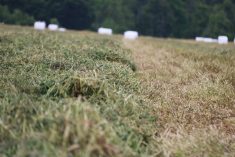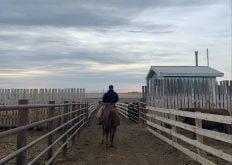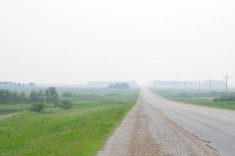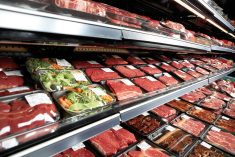Think of water as a bank account, says Dr. Phillip Harder. Your moisture balance is what’s been deposited, minus what’s gone out via forage and crop use. Figuring how much water you’ve got in the bank means tracking how much Mother Nature has deposited.
Harder is a researcher with the Global Institute for Water Security at the University of Saskatchewan. Last month, Lisa Guenther caught up with him at the Livestock and Forage Centre of Excellence field day to talk water and agriculture. In this interview, Harder outlines what the ideal rain gauge looks like and how much moisture has come from the summer rainfall vs. the winter snowpack at the Livestock and Forage Centre of Excellence. He also explains how to estimate the moisture content of the winter snowpack through surveys.
Read Also
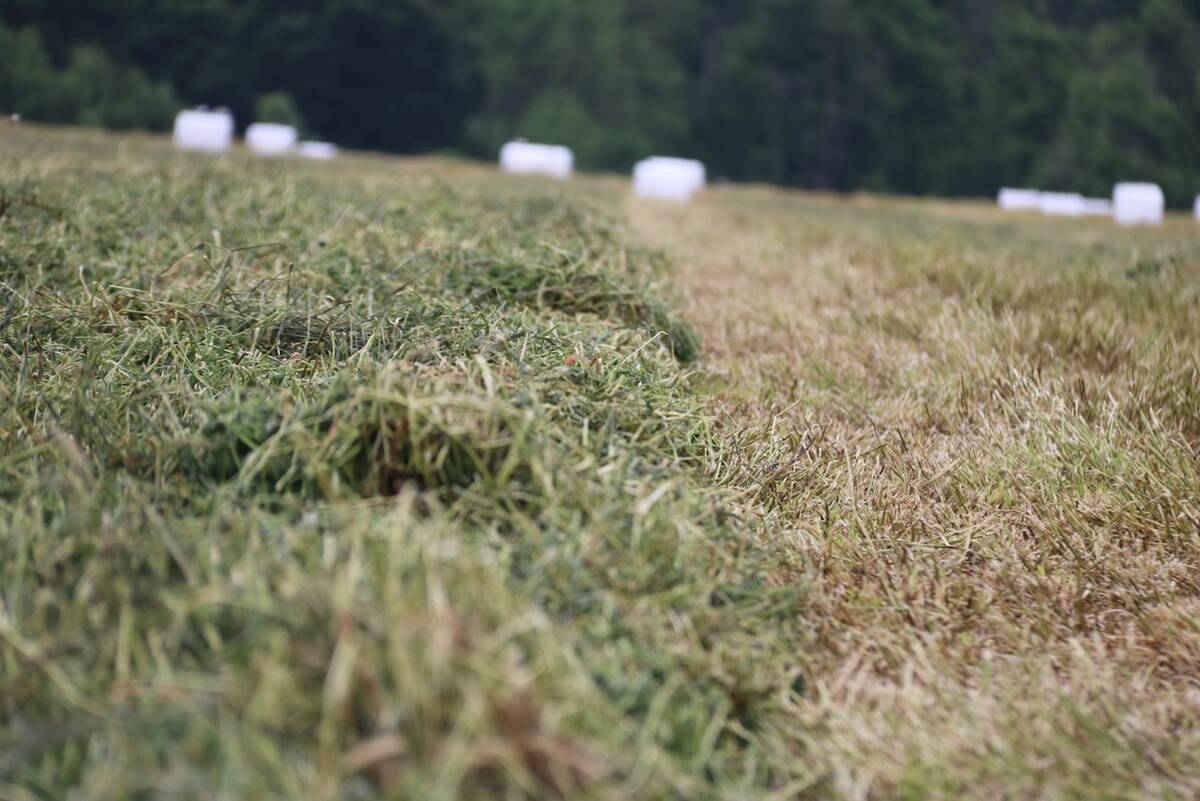
New high performance forage training program to launch in 2026
A new Canadian Forage and Grasslands Asssociation high performance forage program will be a resource for farmers, agronomists and others in the forage sector.
For those interested in surveying snow, Harder has set up an online spreadsheet that includes instructions and will calculate the average snow-water equivalent.





